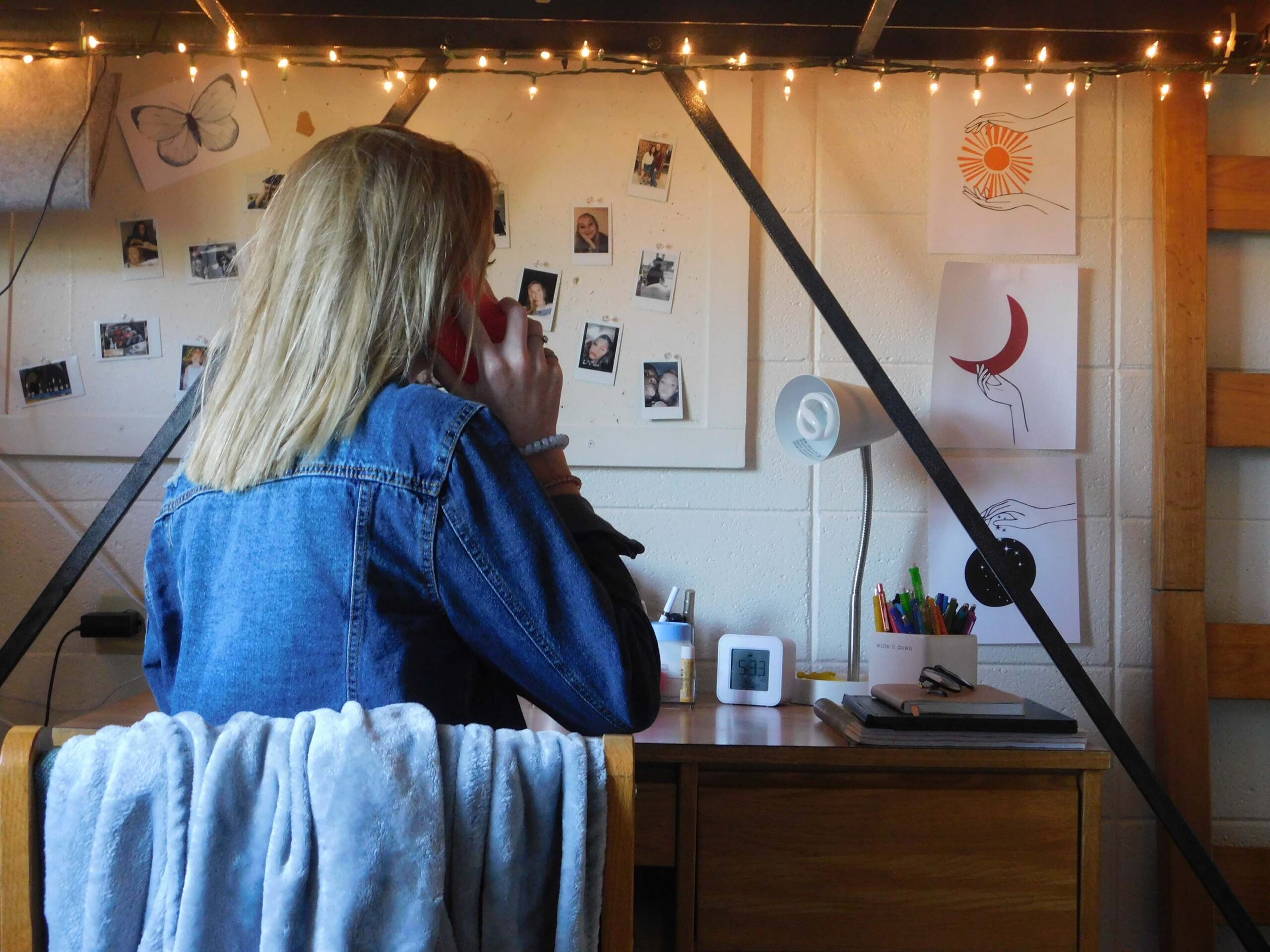Generation Z has been referred to as “the loneliest generation” in studies due to the fact that this generation does not place as much importance on social interaction than previous generations.
Due to the COVID-19 pandemic, in person classes are postponed until Sept. 8. After in–person classes resume, social distancing will be implemented in order to help protect students and staff from potential infection. Other classes will remain online to further help lower the number of local cases.
According to a study done by Cigna, one out of five Americans feels overwhelmed by loneliness. More than 60 percent of Generation Z feels this way, according to Cigna’s research.
Combating feelings of loneliness is difficult, even without limiting social interaction during a pandemic. Talking to loved ones or trained professionals can help feelings of isolation and depression. Even if quarantine is still in effect, therapy programs such as Talkspace, Betterhelp and 7 Cups of Tea are completely online and affordable. Appointments are set up and executed virtually, so students can feel less lonely, even if they are physically alone.
Students can also set up online meetings with their friends via Zoom, Skype or Google Meet. Combining this with the Google Chrome extension Netflix Party, students can get the feeling of a group movie night while still respecting social distancing.
Self care can also help fight off feeling overwhelmed or alone. By taking time to listen to their minds and bodies, students are validating their feelings. Students need time to themselves to relax and recharge, even if classes are online.
Cigna found that 68 percent of Generation Z feels as though they cannot relate to peers when it comes to emotions. Talking to friends and classmates about mental health struggles builds a sense of community within groups, which is important during this time of isolation and fear. If students became more outspoken about their feelings — especially during quarantine — then this percentage could decrease considerably.
Students can also find socially distanced volunteer opportunities to encourage a sense of community. Calling retirement homes and hospitals to create a list of needed supplies can help students donate to locals in need, while reassuring healthcare workers that they also have a support system! Writing letters or making cards is a great way for students to reach out to others in their community, while also giving students creative outlets.
If it is allowed within housing rules, students can also foster an animal from a local shelter. This would give an animal in need a loving home (even if temporarily), while students could benefit from having company. It would also help animal shelters have more room/resources to help even more animals in need.
Even though Generation Z has been labeled as the “loneliest generation,” students don’t have to succumb to the isolation. The current pandemic has not made feeling connected to others any easier, unfortunately. Students should know that they are not alone, and that they do not have to feel as though they are. Resources are available to those who need help with their mental health, and support systems are just a click or call away.
Photo by Kaily Paddle




